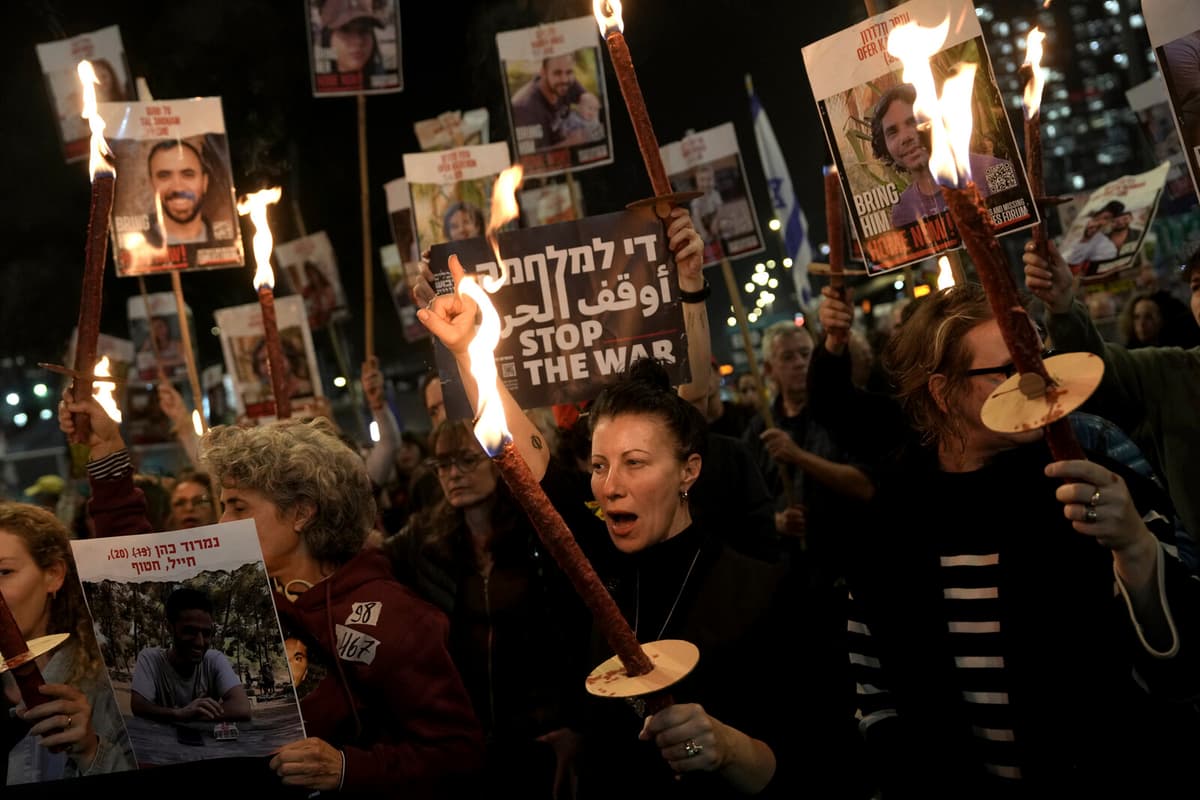The Middle East expert Anders Persson at Linnaeus University calls it the "Trump factor" and notes that it has had great significance both for the conclusion of an agreement and for the timing.
It shows what priority – and prestige – Trump has personally invested in this.
Persson reflects on Trump's earlier statements about "hell breaking loose" if an agreement is not reached when he becomes president on Monday.
Exactly what Trump has threatened with is unknown. There is also a fear within the Israeli government of ending up on the wrong side of Trump. Moreover, there are more cynical analyses that Israel's Prime Minister Benjamin Netanyahu has waited for a settlement to start on good terms with Trump, continues Persson.
Active Envoy
The incoming president's envoy Steve Witkoff has been very active in the mediation efforts in Doha. Persson cannot recall both a sitting and incoming American president's representatives participating in similar negotiations.
Witkoff's meeting with Netanyahu has also been described as "strained" in diplomatic language.
At the same time, large parts of Wednesday's agreement resemble the ceasefire proposal that the USA's current president Joe Biden presented last summer, according to Persson.
Major Question Marks
The known writings in the agreement indicate major question marks. Moreover, several crucial contentious issues will be addressed in a forthcoming, second round of negotiations.
The conditions for success this time are difficult to calculate, but historical experiences are not good. First and foremost, there is unclear language, at least in the drafts I have read. In the drafts, there is no mention of Hamas' future role in Gaza or whether Israel can target Hamas leaders in the future, says Persson.
In diplomatic negotiation language, sweeping formulations and coded language are called "constructive ambiguity".
There is a coded language that shows that they have not agreed. Certain terms make me react, such as "sustainable calm" as a replacement for designations like "end of the war" or "ceasefire". These are signs of weakness that show that they have not agreed, says Anders Persson.





